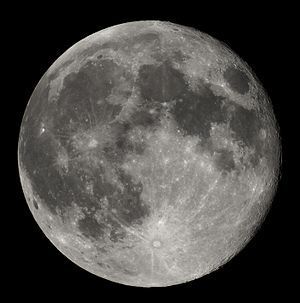Planting by the Moon – Science or Myth?
It may seem unscientific to plant by the moon. But there is some logic to the practice. Several years back, I did a test planting with tomatoes, and was impressed enough by the results to swear I’d always pay attention to the moon when gardening. The test plot was small, but the comparative vigor of each set of plants was drastic.

 I planted the first set of seeds in sterile, commercial growing medium during the fourth quarter. They took over a week to sprout and some seeds never germinated at all.
I planted the first set of seeds in sterile, commercial growing medium during the fourth quarter. They took over a week to sprout and some seeds never germinated at all.
About ten days later, during the second quarter, I planted another set of the same seeds in medium from the same bag. The first seedling appeared in three days, and almost every seed had sprouted within five days.
After another three weeks of growth, with both flats of seedlings sharing the same light source, temperatures, and watering care, there was still an obvious difference in vigor. The seedlings planted earlier had weaker stems and smaller leaves than those planted on the later date.
Not only does the moon add a tiny amount of extra light for plants to grow by when it is full, it also affects gravity here on earth. And gravity affects the flow of water – think of the ebb and flow of the tides. During and just after a full moon, the pull on the earth’s water increases, resulting in the highest tides. According to other research, it also means water in the soil is pulled upward and is more available to germinating seeds. So by planting my tomatoes in the second quarter, just before a full moon, they sprouted just in time to have the best possible access to water in the soil during a critical stage of their growth. Those I planted in the first quarter had just the opposite, with soil moisture at its lowest.
So next time you decide to plant a few seeds, it might just benefit you to look at the night sky. It certainly can’t hurt!







